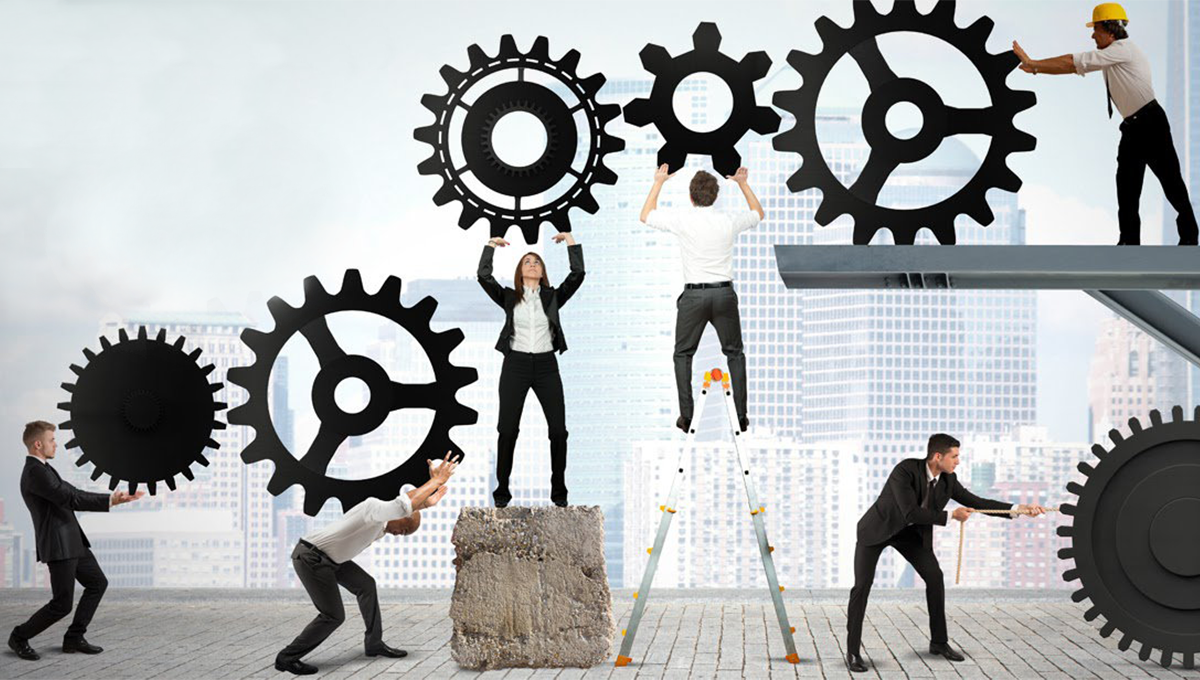
This is the time of year when the blogosphere explodes with predictions about what will happen in 2017. The human capital analytics industry is no exception.
A few of the predictions we have seen are eye-opening. Some are merely interesting, and most are just a rehash of continuing trends. We are bringing you our thoughts on only one trend--one that will touch almost everything we do.
Our Predictions
Artificial intelligence, machine learning, and neural networking will continue to disrupt the workplace, and the trend will accelerate.
If you haven’t been asleep, you already know that. We hear a lot about “the jobless future” and worker displacement, complete with dire predictions of machines out-thinking humans. As Eric Hoffer predicted 60 years ago, automation is marginalizing low-skilled employees and creating growing demand for skilled workers.
Disruption is a natural result of technology. When architects discovered the principle of the keystone to build  arches, stone workers who didn’t learn the skill were less employable in the craft. A hostler was a very important worker until Ford mass-produced automobiles. People adapt and learn or carve out a living, providing services to those who do.
arches, stone workers who didn’t learn the skill were less employable in the craft. A hostler was a very important worker until Ford mass-produced automobiles. People adapt and learn or carve out a living, providing services to those who do.
We’ll leave the rest of that conversation to sociologists. For most of us, the challenge will be to help people manage the relationship with interactive technology.
People and Machines Will Do What They Do Best.
Machines are better than humans at doing routine, repetitive tasks, and they do them quickly. People are better at pattern recognition. [1] Algorithms, robots, and other technology support human intelligence—they do not supplant it. Machines can’t do anything unless people tell them to, and that includes learning. People start learning in the womb.[2] Scientists are working on “fuzzy” thinking, but it is not imagination.
Autopilot in aviation has a long history, but a pilot must still be in the cockpit to make decisions and handle situations the aircraft can’t. Driverless cars and long-haul trucks are being tested now, but they are not ready to operate without human intervention. Driverless freight carriers present a cost-cutting opportunity for logistics companies, but for now they will be restricted to limited-access highways.
People and Machines Will Be Better Partners
We already have collaboration between workers and machines, giving us remarkable results. In medicine, artificial intelligence helps doctors in rapid diagnoses, and they can recommend cancer treatments based on a person’s genes. [3] Proximity beacons help hospitals manage staffing according to the unique needs of the patients in a ward.
Machine learning already impacts learning delivery. In white collar jobs, computers handle routine decisions and refer exceptions to a human. We expect AI to become common in many industries, including finance.
Amazon.com delivered its first order by drone 13 minutes after the customer purchased it. Drone technology enabled that delivery, but more important than that was the AI, who knew exactly where the merchandise was located, and made the delivery promise to the customer.
AI-assisted HCM creates new risks.
AI can help make decisions in many ways, but when it comes to decisions about people and work, not everything is a blessing. Algorithms can help managers make hiring and promotion decisions, but concerns arise about adverse impact. We assume machines are unbiased, but they are designed and programmed by humans to learn from humans. They can inherit hidden biases, and by trying to replicate the traits of top performers, they can reinforce inequities already exist.
Even with those cautions, we look forward to an exciting partnership between people and machines. The job prospects for people collaborating with machines look bright. Gregory Bateson, Mind and Nature: A Necessary Unity
References:
1. Skwarecki Beth. "Babies Learn to Recognize Words in the Womb." Science Magazine. August 26, 2013.
2. Shankland, Stephen. "Artificial intelligence has a big year ahead." CNET. December 14, 2016
Free eBook
Best Practice For Developing Workday® Integration.
Learn how you can prevent bottlenecks and failed data transfers in Workday® Integrations.

PhenomᵉCloud is a comprehensive technology solutions provider committed to empowering businesses to overcome challenges, enhance their workforce capabilities, and achieve superior outcomes.


Leave a Comment